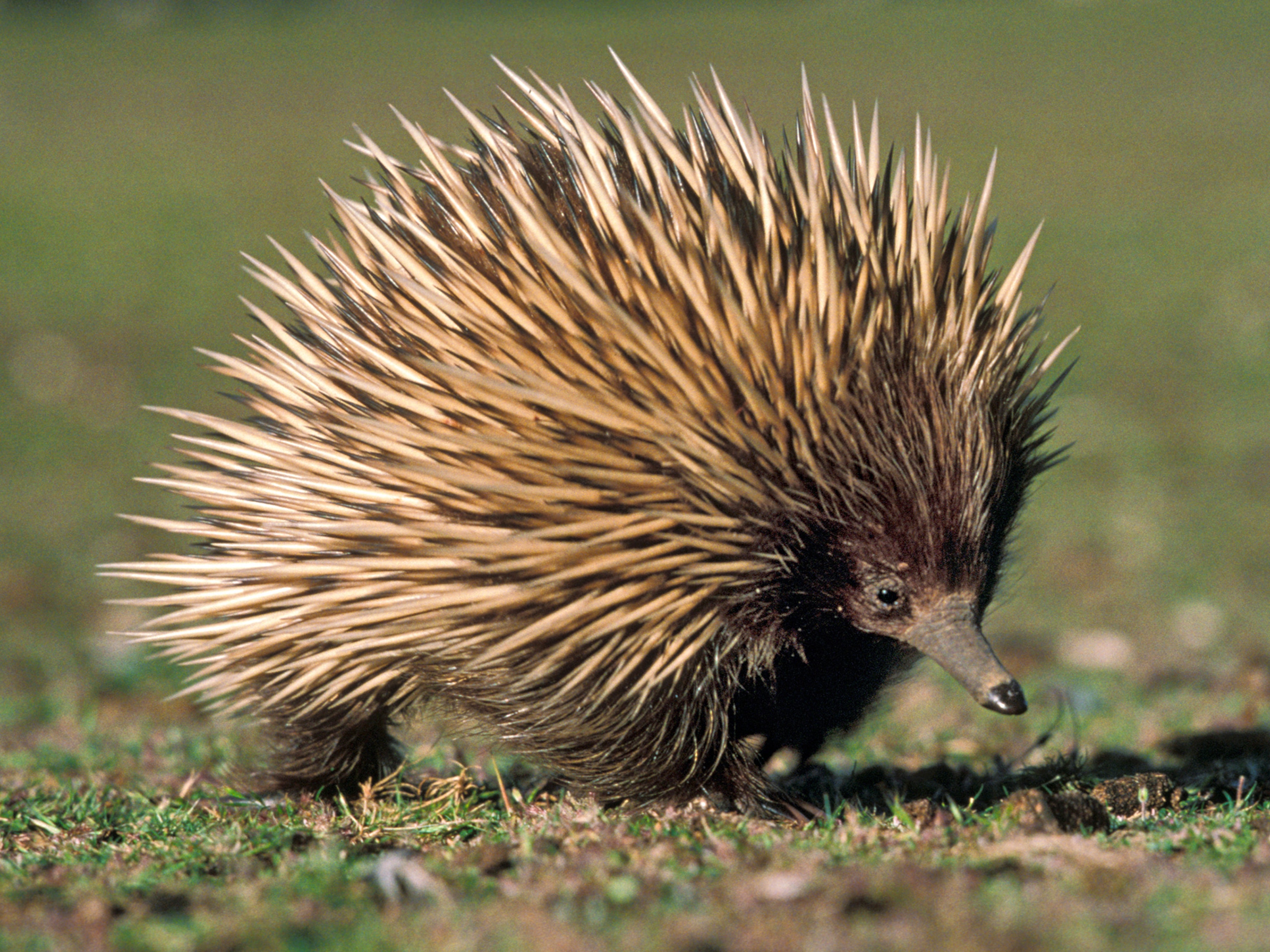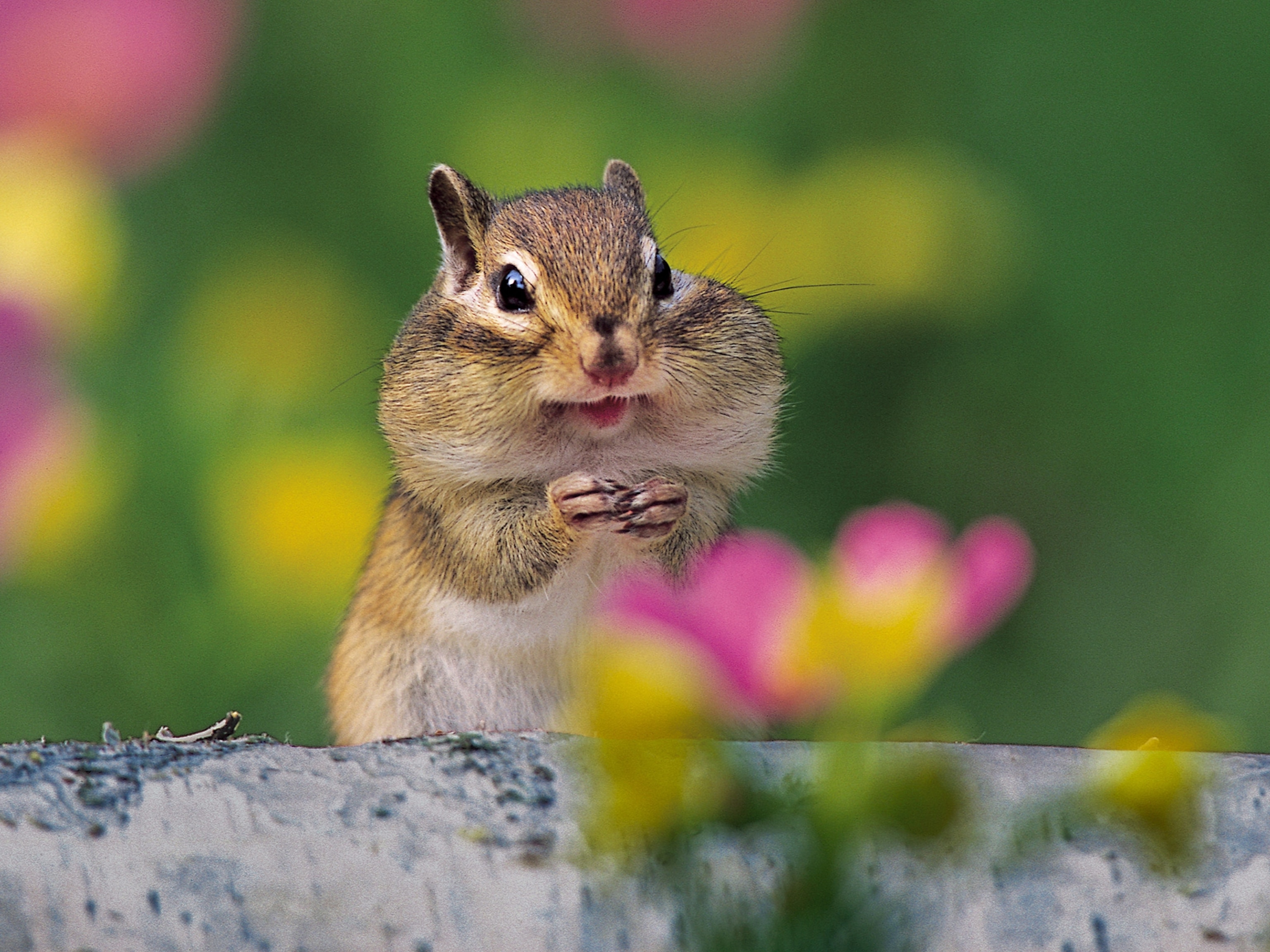
Nature gives animals all kinds of storage compartments
From the seahorse male’s brood pouch to the chipmunk’s cheeks, storage spaces help animals function: birthing, toting baby, carrying tools, gathering food.
English biological anthropologist Alice Roberts had so often ridiculed the human form’s shortcomings that in 2018 a colleague gave her this challenge: Redesign the body by improving upon its parts. Finding inspiration in nonhuman species, Roberts speculated that we might be better off with some of their features, including the marsupial’s pouch.
No human mother will be pocketing her little Joey like a joey anytime soon, but many animals—and not just marsupials—have vital uses for their built-in storage containers. Here are five.
1. Seahorse
He does the hard labor: In seahorse couples, the female deposits her eggs into the male, which holds them in a frontal compartment called a brood pouch. After 14 to 28 days, he delivers up to 1,500 fry in a water birth.
2. Sea otter
Storage for snacks: Under their forearms, sea otters have pockets of loose skin. There they can keep a favorite rock they use for cracking open shellfish and stash food they’ve gathered but want to eat later.

3. Echidna
Snuggling till it hurts: A female echidna protects her egg turned newborn puggle—yes, that’s the term for offspring—in a temporary pouch formed by contracted abdominal muscles. The puggle remains there until the sharp spines on its body develop. (Discover the shocking ways echidnas and other wild animals use electricity.)

4. Wombat
Evolved for tidiness: Like females of other marsupial species, the wombat has a pouch where her young begin life. Unlike others, though, the pouch at her midsection opens toward her rear so that her digging won’t fill the pouch—and shower her offspring—with dirt. (Photos: Raising orphaned baby wombats under lockdown)

5. Chipmunk
Cheeks as grocery bags: One of the smallest members of the squirrel family, the chipmunk can stuff its cheeks with food until they’re almost as large as its body. To survive the winter, it eats from the stockpile carried to its burrow this way.

This story appears in the June 2021 issue of National Geographic magazine.





